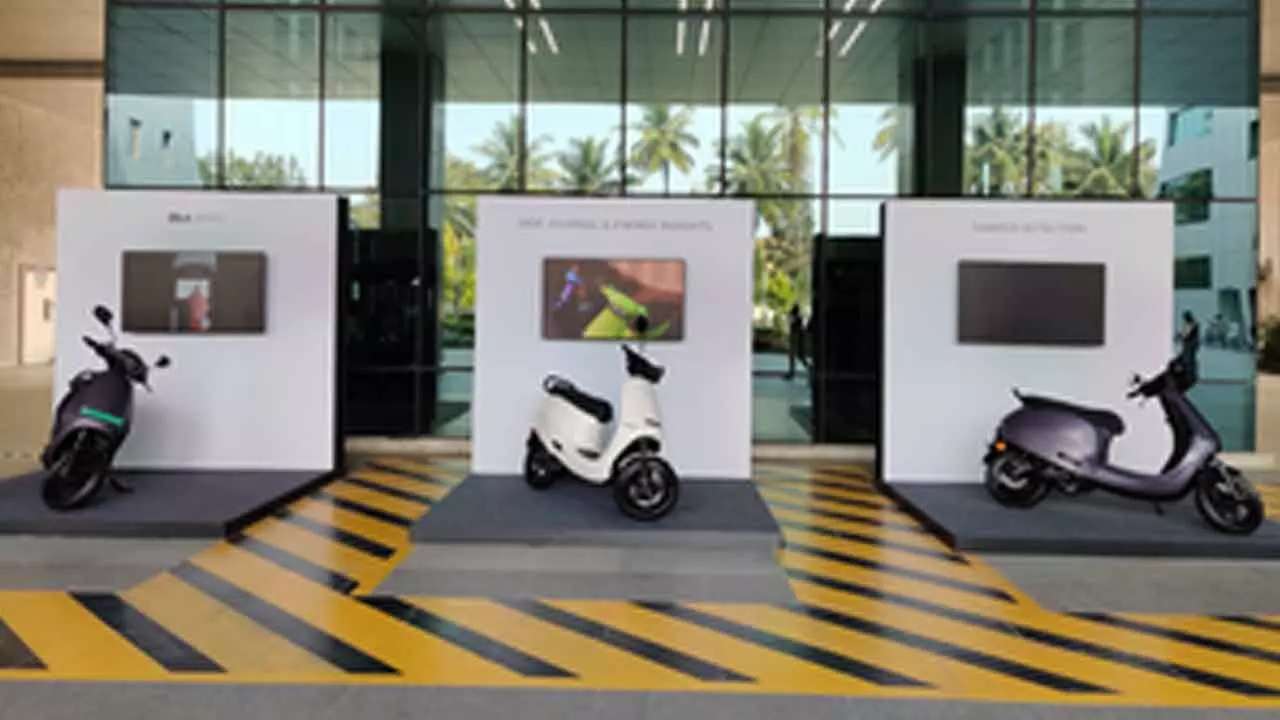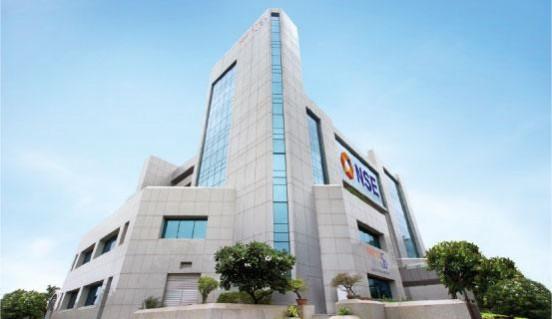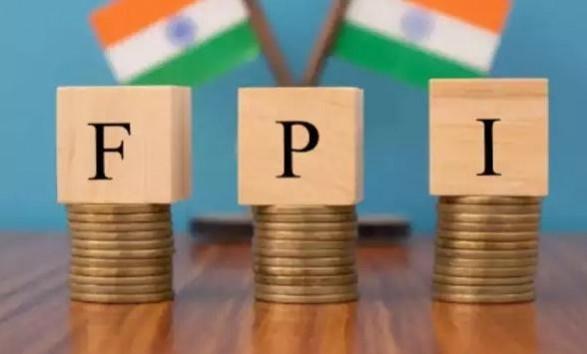
September 04, 2024,Nuremberg, Germany : 2024 looks like a better year than 2023 for the global Consumer Tech and Durables (T&D) market. Inflation rates are easing, consumer confidence is rising, summer bookings are returning to pre-pandemic levels, and major sporting events such as the Paris Olympics and the European Football Championship in Germany are triggering demand.
At the mid-year point, most T&D segments are showing steady growth, and the market overall is slowly recovering, albeit still in negative territory. From January to June 2024, the global T&D market recorded a slight decrease in revenue of minus 0.6 percent to 395 billion US-dollars compared to the same period last year, and NIQ-GfK experts are forecasting that the trend will continue, with stable revenue of minus 0.1 percent for the full year 2024.
Omnichannel remains king
Inflation and high prices continue to be a top concern of consumers worldwide (GfK Consumer Life study), and 57 percent of global consumers are prepared to switch stores to manage costs (NIQ Consumer Outlook report 2024).
“Omnichannel retailing remains popular, with 36 percent of total global T&D sales made online in the first half of 2024 – an increase of 0.4 percent from last year. But consumer behavior is changing, driven by price concerns and a desire for best value for money. The global T&D market must keep pace to achieve long-term, sustainable growth,” explains Nevin Francis, GfK’s insights expert for the Tech and Durables industry.
The progress of Chinese online retailers in Europe is quite notable. In the first half of 2024, the Chinese e-commerce retailer, Temu, ranked second in terms of order volume for computers and electronics, although its average order value is lower due to the smaller-ticket price of items. According to Foxintelligence by NielsenIQ, 77 percent of German Temu shoppers in the last 60 days were repeat buyers.
Looking at regional differences, consumer spending caution varies depending on purchasing power and local price levels. While Western Europe and Developed Asia experienced year-on-year revenue declines in the first half of the year (1 percent and 9 percent respectively), Eastern Europe (plus 4 percent) and the Middle East (plus 8 percent) grew, and Emerging Asia also returned to growth.
“Price-conscious consumers are increasingly looking for value for money. As a result, the 15 promotional weeks in a year, such as the mid-year promotion and Black Friday already account for 34 percent of annual T&D revenue,” summarizes Nevin Francis. “Retailers and manufacturers must balance the demand for premiumization with a good price-performance ratio, while focusing on their unique selling proposition. To find that sweet spot, they need to know their target group better than ever before.”
Specific trends driving the half-year results for global T&D
GfK panel data shows that the Telecom and Photo categories are back in the black in the first half of 2024, while other T&D categories regaining momentum and starting to recover:
Consumer Electronics (TVs, soundbars, etc.): minus 2 percent
Telecom (Smartphones, etc.): plus 2 percent
IT (Mobile PCs, hardware, etc.): minus 5 percent
Small Domestic Appliances (Fryers, mixers, etc.): minus 1 percent
Major Domestic Appliances (ACs, ovens, etc.): minus 2 percent
Growth in the homeappliances sector is being driven by three key consumer desires: sustainability, simplification and AI-powered intelligence. As personalized features and AI assistants make everyday household tasks more efficient and easier, demand for related devices such as smart ovens and cookers (up 30 percent year-over-year in revenue January 2024 – June 2024) has noticeably increased. In general, convenience-oriented appliances such as robot vacuum cleaners and fully automatic espresso machines (up 9 percent and 7 percent respectively) and more environmentally friendly products such as A-labelled washing machines (up 39 percent in Europe) have gained ground.
In the IT sector, on the other hand, it is still all about premiumization, especially more memory in devices. In laptops, 16GB RAM is becoming the new standard, with sales volume up 3 percent in the first half of 2024 compared to the same period last year, replacing older models. The same is true for media tablets, where 8GB RAM devices with larger displays of 9 inches and above dominate with an impressive 58 percent volume growth rate. In addition, consumers are upgrading their IT accessories, such as Bluetooth keyboards (up 18 percent) and monitors with refresh rates above 240 Hz (up 90 percent).
In contrast to the B2C market, which is slowly recovering, the B2B market is still stuck in the red, according to GfK’s distribution panel, with revenues down 6 percent year-on-year in the first half of 2024. Despite this downturn, there are positive signals in certain areas of the mass market. For example, processors (up 4 percent) are growing year-over-year in the first half of 2024. In addition, demand for software was up 8 percent, driven by an increased focus on security and collaboration solutions in the business sector. A standout success in the B2B market is AR/VR glasses, which – although still a niche category – achieved impressive growth of 80 percent, driven mainly by successful product launches beginning of the year.












